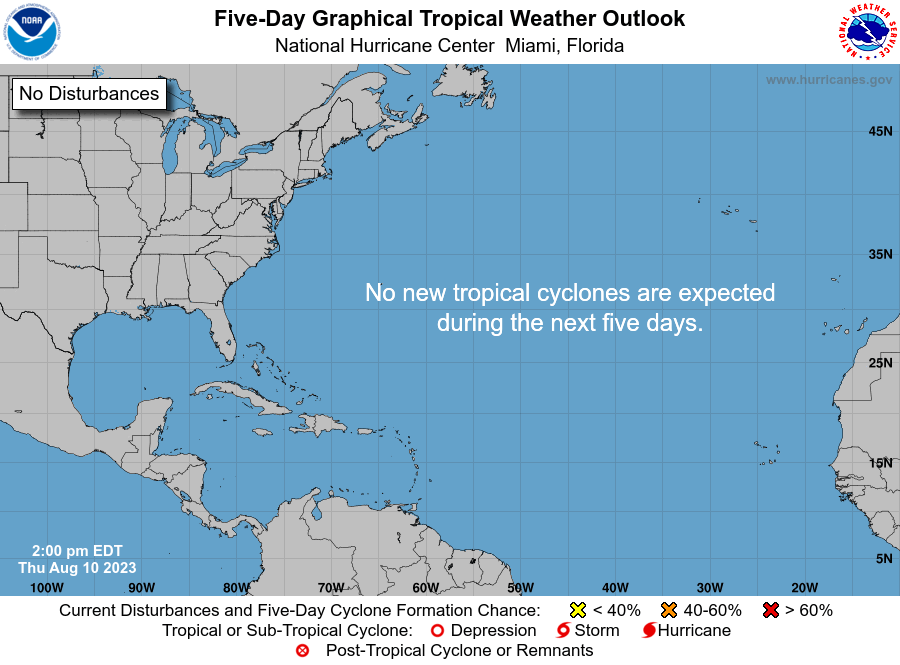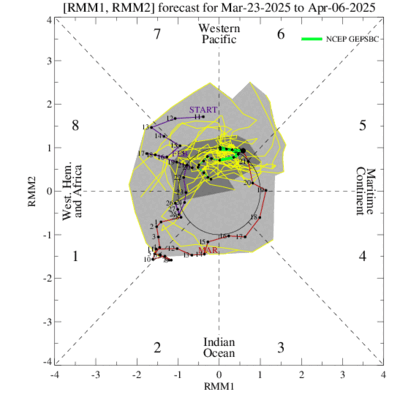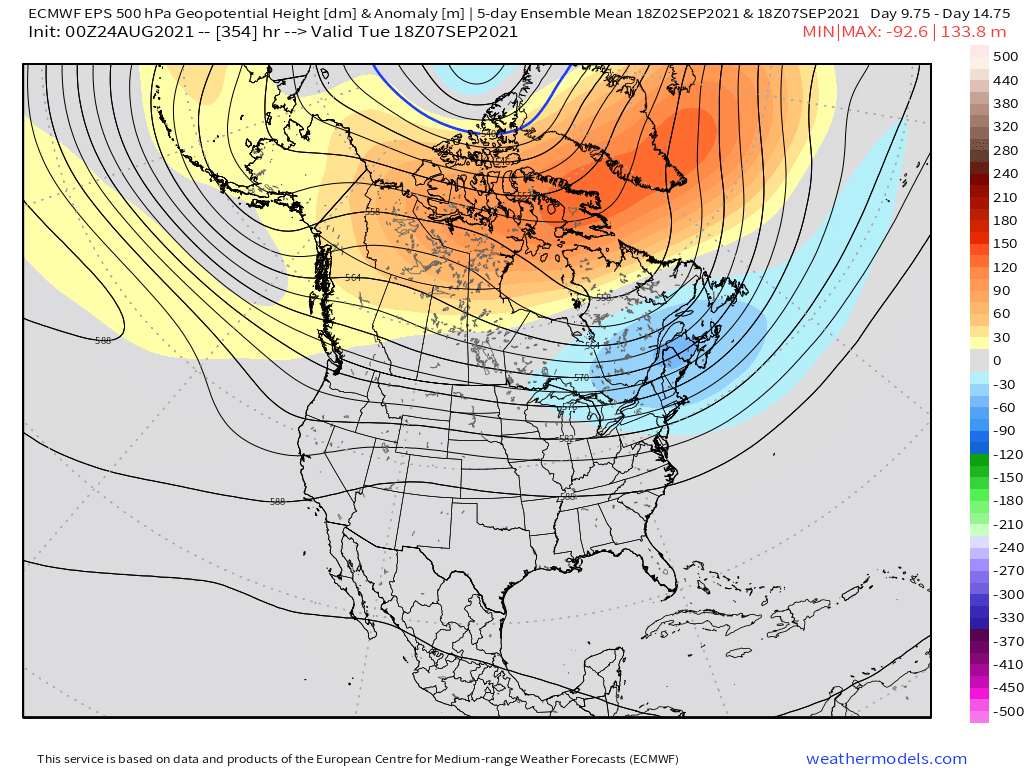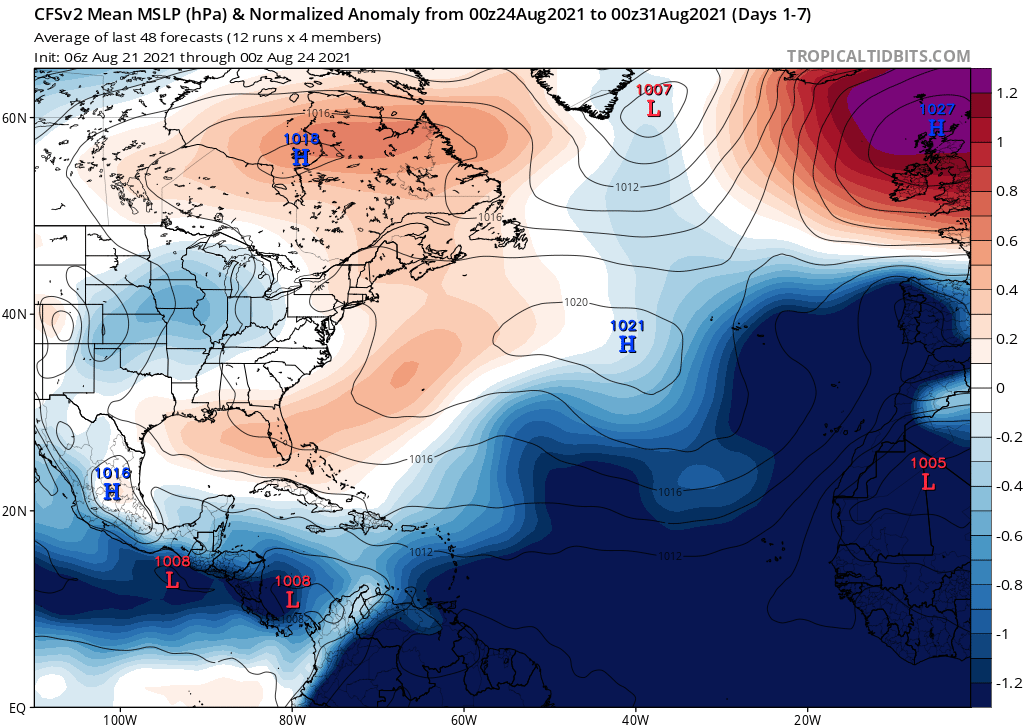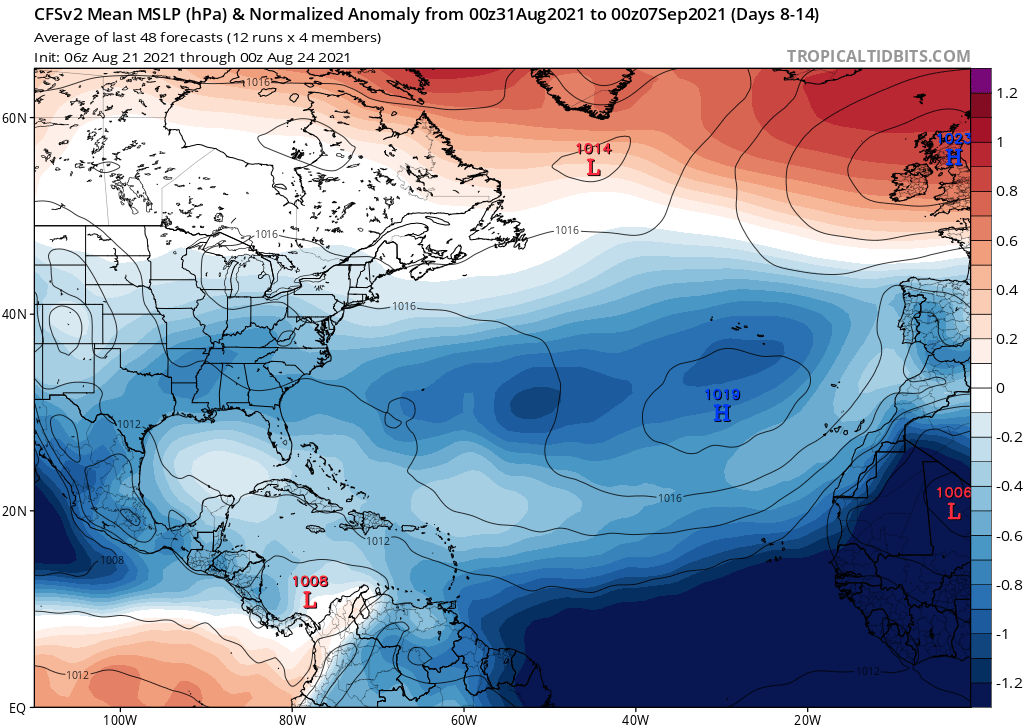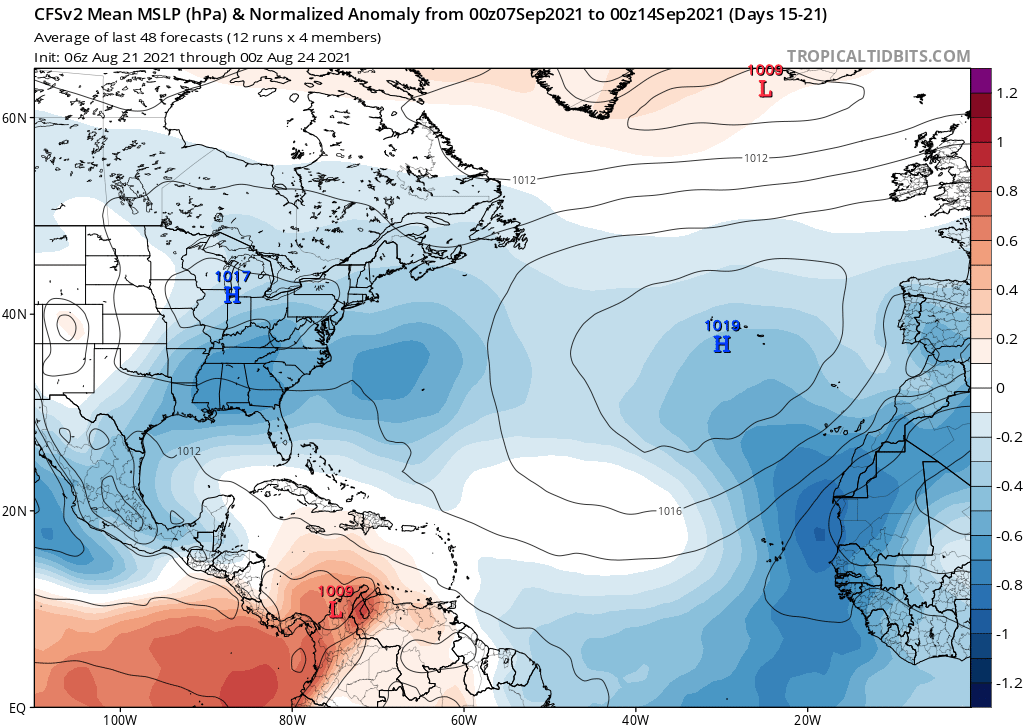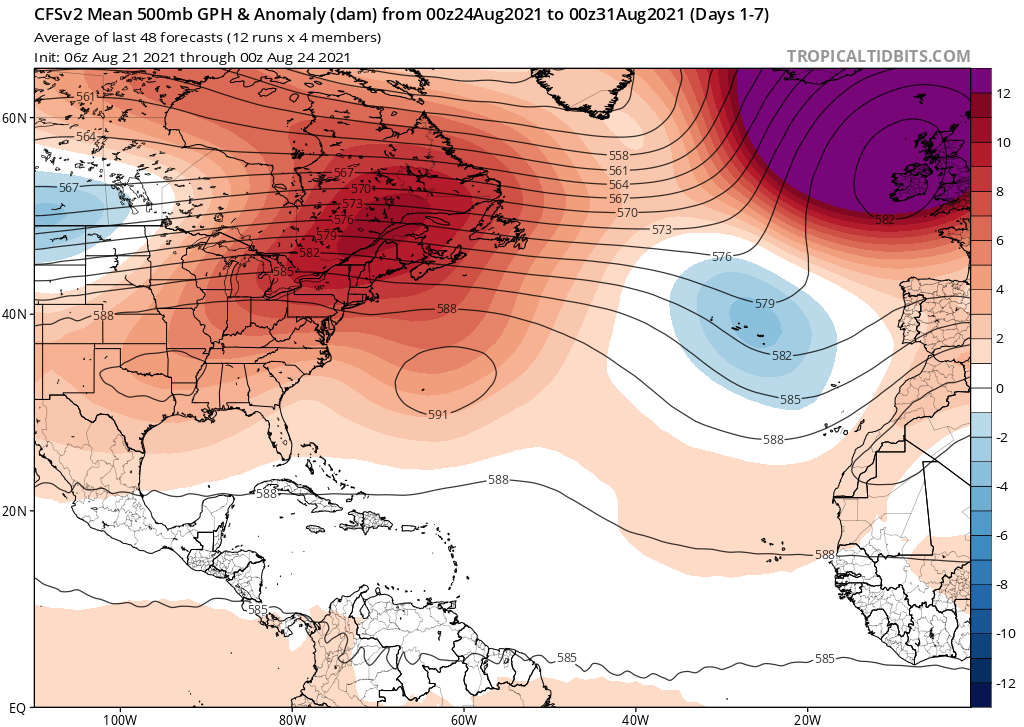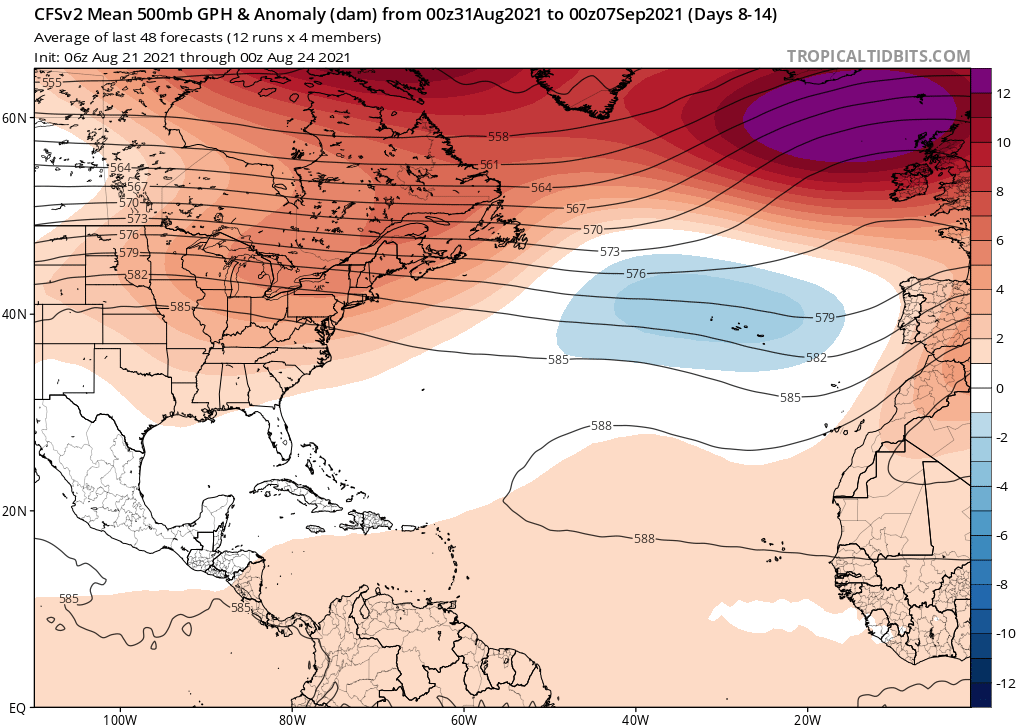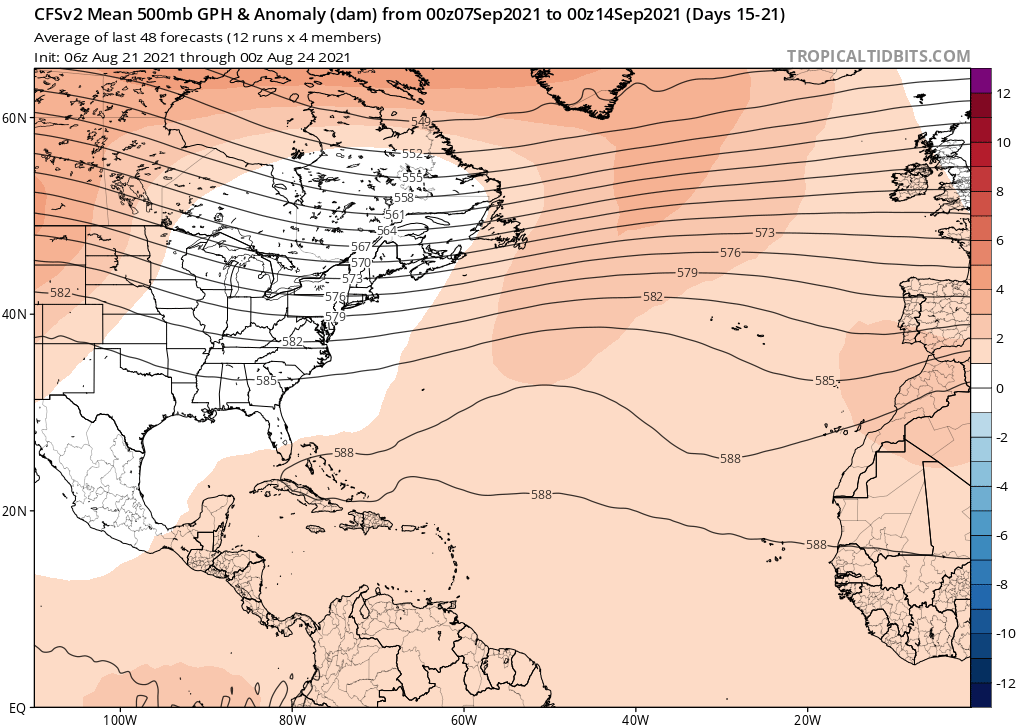CyclonicFury wrote:It honestly seems like in recent years we haven't really seen a decrease in MDR activity, but more of a time shift in when the activity occurred. We've seen at least one MDR hurricane every year since 2015, with 2017 having Irma, Jose and Maria, 2018 having Florence, 2019 having Lorenzo and 2020 having Teddy. It wasn't too uncommon to have years without MDR hurricanes in the 2000s, as 2001, 2002, even 2005 to an extent, and 2007 all had lackluster MDR activity.
We've seen MDR development in July a lot in recent years, including 2013, 2014, 2017, 2018, 2020 and 2021. We've also seen some anomalous systems in the MDR in October in recent years, like TS Nadine in 2018 and TD 15 in 2019, both of which set records for unusually far east formations in the MDR so late in the season. What is fascinating, however, is the recent lack of MDR hurricanes during the month of August. There has not been a single TC to attain hurricane status in the MDR east of the Lesser Antilles during the month of August since Irma in 2017, which became a hurricane on August 31. There has been two July MDR hurricanes since 2018 (Beryl and Elsa), but none during the month of August during that time. September has generally been much more favorable for MDR development, but by that time, TCs are much more likely to recurve. In Septembers since 2017, we've seen Jose (Category 4), Maria (Category 5), Florence (Category 4 just north of 20N), Helene (high-end Category 2), Jerry (Category 2), Lorenzo (Category 4 in its MDR peak), and Teddy (Category 4).
I wouldn't be surprised if this continues and September has at least 1-2 hurricanes in the MDR, even though the season has been mostly west-based so far.
Interestingly, it really does seem like recent years are more back-loaded, with the peak of the season being more toward the mid-to-latter part of September or so rather than early-to-mid September. However, looking back to the start of the active era, it actually is not very uncommon to see the season's strongest storm in latter September or afterwards rather than toward the start of the month or earlier. 1995, 1998, 2000, 2001, 2005, 2011, 2012, 2014, 2015, 2016, 2017, 2018, and 2020 all featured their strongest (most intense) storms after mid-September, and I wouldn't be surprised to see 2021 do the same with such a recent group of years that displayed this sort of behavior.
Unless explicitly stated, all info in my posts is based on my own opinions and observations. Tropical storms and hurricanes can be extremely dangerous. Refer to an accredited weather research agency or meteorologist if you need to make serious decisions regarding an approaching storm.







